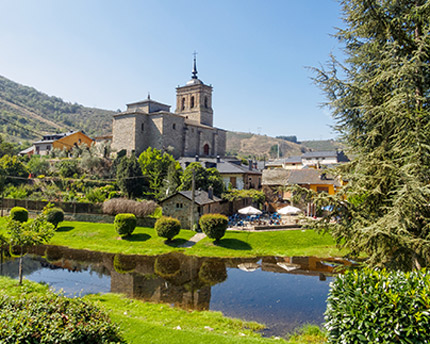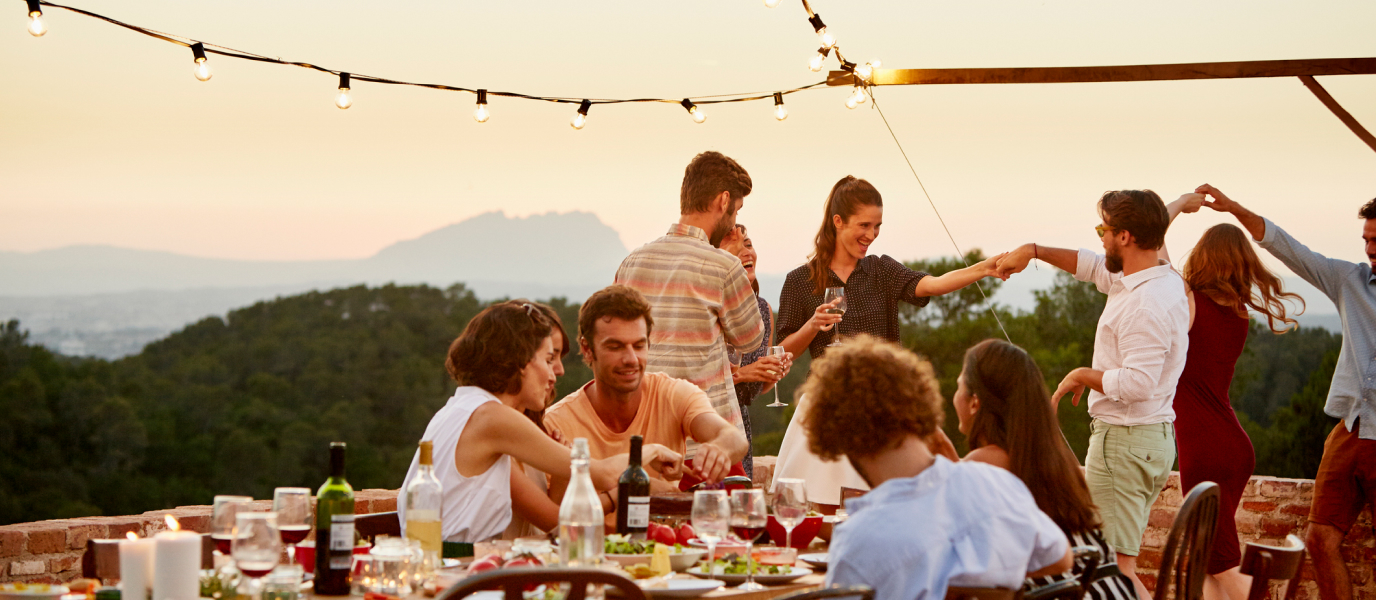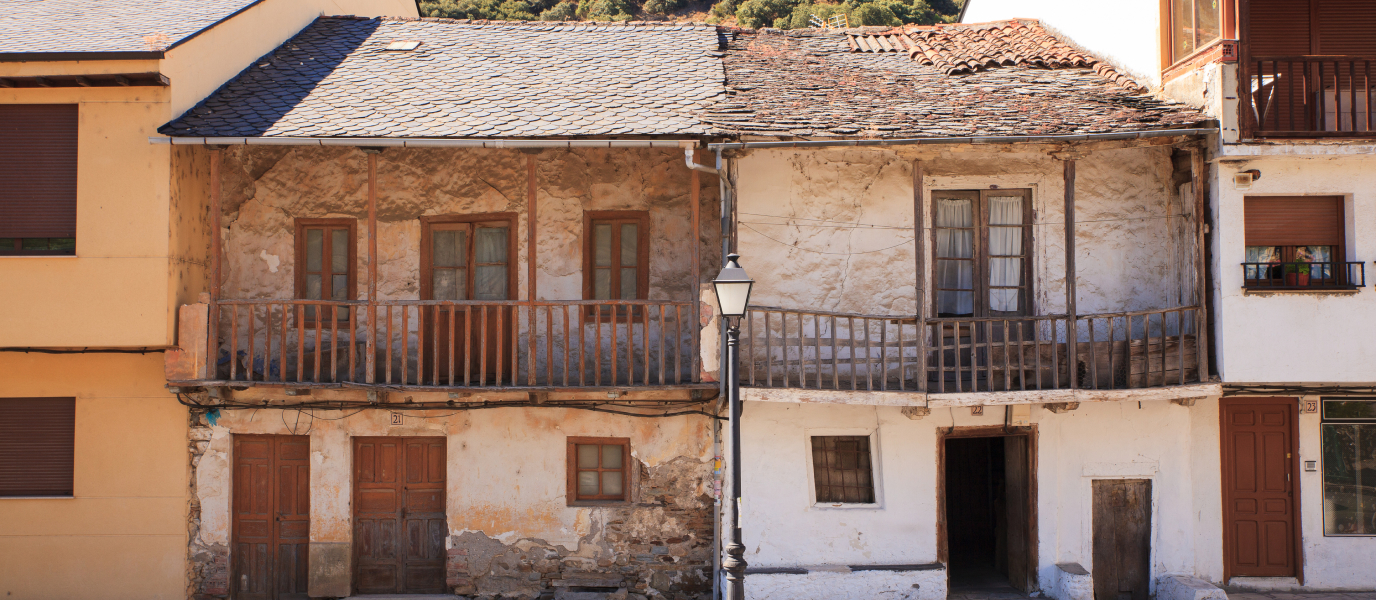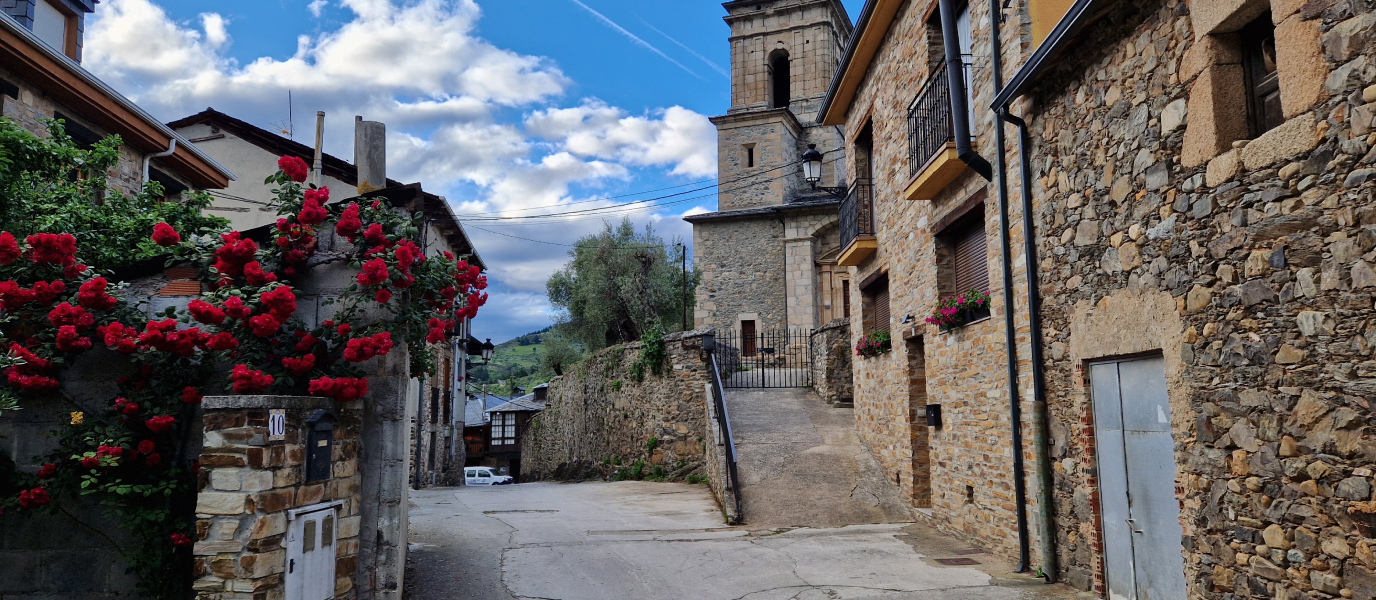The province of León is home to an abundance of cultural and natural treasures. Outside León itself, a city of indisputable importance and beauty, the rest of the province boasts a great number of points of interest that it is worth bearing in mind for your trip. Take note of all you can see in the province of León!
Towns and cultural heritage in León The passage through the province of the Camino de Santiago has left a significant cultural
legacy in all the towns along the age-old pilgrims’ route.
TOWNS AND CULTURAL IN LEÓN
The passage through the province of the Camino de Santiago has left a significant cultural legacy in all the towns along the age-old pilgrims’ route.
Peñalba de Santiago
Nestled in the heart of the Valle del Silencio [Valley of Silence] and very close to Ponferrada, Peñalba de Santiago is one of the most admired towns in Castilla-León. It is part of Spain’s Prettiest Towns network. This village is remarkable for the perfect preservation of its rural architecture, which uses traditional materials such as slate. It is home to the church of Santiago de Peñalba, a Mozarabic jewel dating from the tenth century, and the cave of San Genadio, where the church’s founder (later the Bishop of Astorga) spent the last years of his life.
The area around Peñalba de Santiago and the Valle del Silencio also provides a splendid environment for hiking.
Ponferrada
The capital of El Bierzo and the province’s second-largest town is another not-to-be-missed stop on a tour of León. An important point along the Camino de Santiago, Ponferrada has a rich history, as we can discover on a visit to its twelfth-century Castillo de los Templarios
[Castle of the Knights Templar]; the Basilica de Nuestra Señora de la Encina, (La Encina is the patron saint of El Bierzo); the late-seventeenth-century Casa Consistorial [town hall]; the Clock Tower and the museums (including the museum of radio, the railway museum and the energy museum).
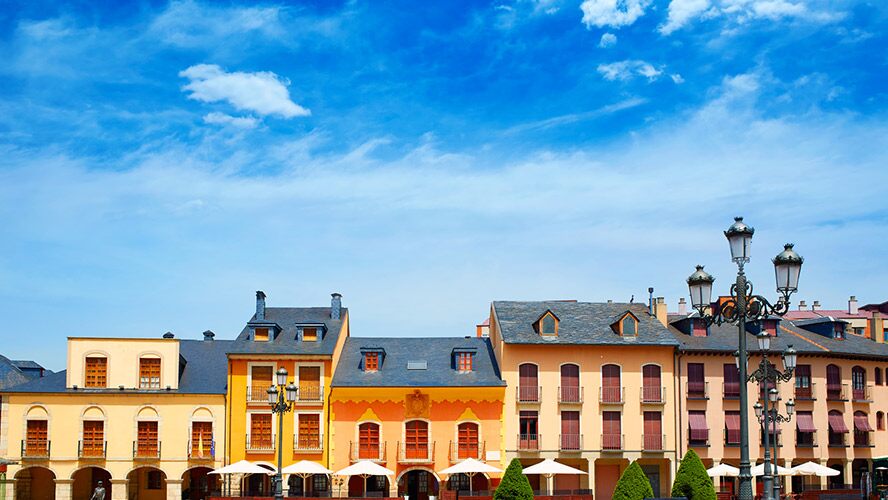
Astorga
Astorga is another important city in the province of León, with a heritage that is interesting to explore. Its most outstanding historic monument is the Episcopal Palace, one of only three buildings outside Catalonia designed by Gaudí. Likewise, you will want to include the Plaza Mayor [main square], the Roman city walls and the Cathedral in your visit.
Villafranca del Bierzo
On the border with Galicia lies Villafranca del Bierzo, a small town along the Camino de Santiago, and one that boasts a significant religious heritage. The thirteenth-century church of San Francisco, the church of Santiago, the Convento de la Anunciada, and the church of San Nicolás el Real all provide powerful evidence of the deep impression left on the city by religion. Villafranca also has a sixteenth-century castle and a fascinating historic quarter.
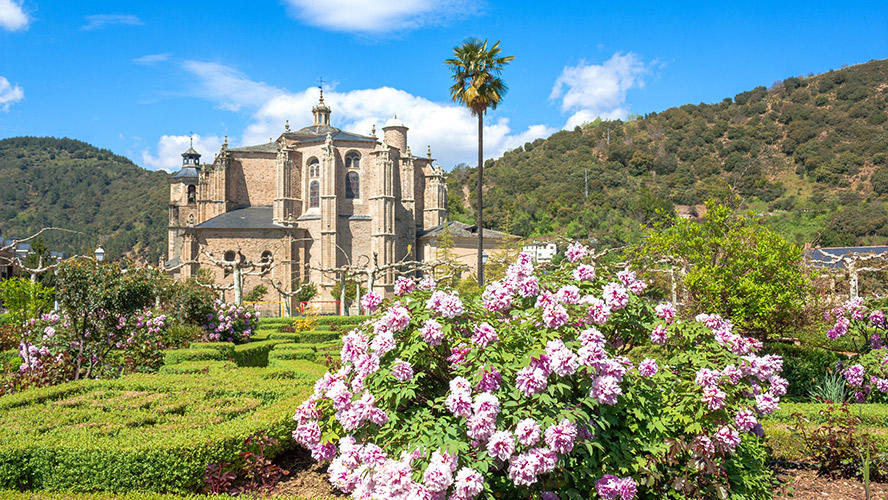
Molinaseca
The town of Molinaseca, very near to Ponferrada, has been designated a Site of Historic and Artistic Interest. This is yet another important town along the Camino de Santiago, with a similar heritage. The beauty of Molinaseca is indisputable. The river Meruelo adds to its loveliness, while the streets have a distinct medieval air. Among other attractions, you could visit the street known as Calle Real, the Palacio de Balboa, the church of San Nicolás de Bari, the Santuario de las Angustias, and the Roman Bridge.
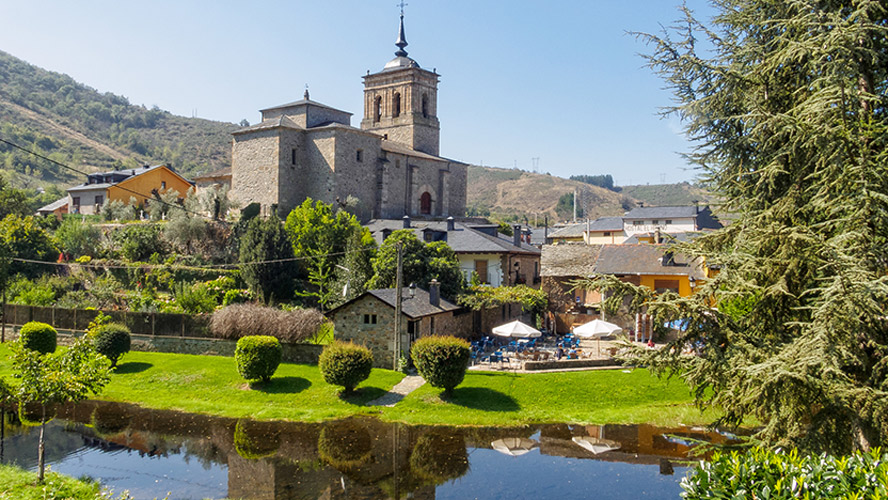
Riaño
Riaño has been described as León’s fjords. Riaño offers a picturesque scene: a town perched on the banks of a reservoir and surrounded by jagged mountains whose peaks are covered in snow in winter. If you travel to Riaño, take time to walk around the outskirts of the town to enjoy the incomparable views.

Balboa
Balboa (a delightful village of barely fifty inhabitants in Los Ancares, on the border with Galicia) has pallozas [traditional, round houses with conical roofs] and other traditional buildings. Make sure you see Balboa’s castle, and eat in one of its fabulous restaurants.
Cacabelos
On the banks of the river Cúa, Cacabelos is one of El Bierzo’s most typical villages lying along the Camino de Santiago, with gates at either end for the pilgrims to enter and depart. The village’s main street, Calle Santa María, along with the San Roque hermitage, the Puente Mayor (a sixteenth-century bridge) and the M.AR.CA Archaeological Museum are just some of the points of interest to be discovered here.
Castrillo de los Polvazares
Part of the municipality of Astorga, Castrillo de los Polvazares is another not-to-be-missed visit in the La Maragatería comarca. Its architecture (it has been declared a Site of Historic and Artistic Interest), and its gastronomy, with the renowned cocido maragato [Maragato stew], are the chief claims to fame of this village of cobbled streets, stone houses boasting coats of arms, and barely one hundred inhabitants.
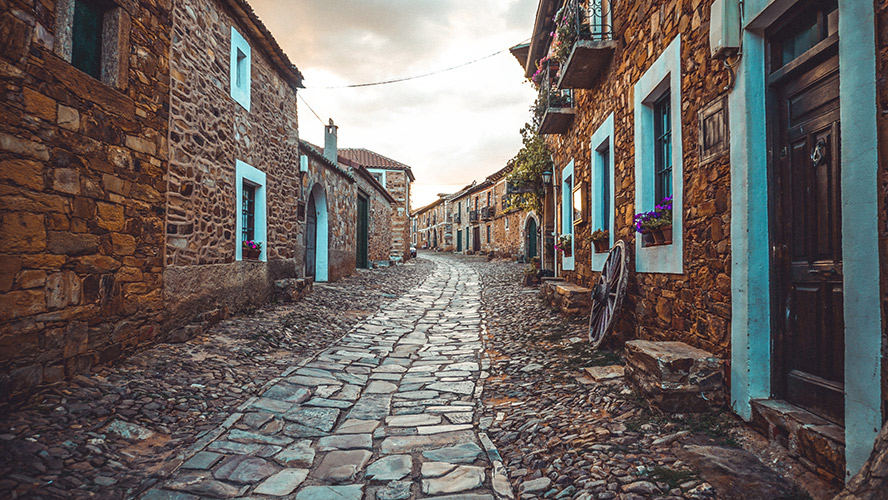
LEÓN’S NATURAL LANDSCAPE
The province of León offers more than just history and culture. Visitors will be struck by the impressive natural surroundings, with mountains, rivers, forests, caves and reservoirs.
Las Médulas
Las Médulas is one of Spain’s best-known natural landscapes. The strange silhouettes of this World Heritage Site are the legacy of the Roman Empire’s biggest open-cast gold mine.
You can walk among these curious mounds carved out by Roman engineering, which today present an intriguing reddish landscape dotted with green vegetation. As well as the opportunity to find out how the gold was extracted, Las Médulas offers wonderful views and pleasant hiking trails.
Cave of Valporquero
Another of León’s natural attractions is the Valporquero cave. Opened to the public in 1966, the cave offers a 1.3-kilometre walk during which visitors can see the strange shapes formed by the action of the water on the stone. Highlights are the impressive “Gran Vía”, a 40-metre- high interior passage and the “Room of Wonders” with its unique shapes that nature alone has the power to create.
The Cares trail
If we had to choose one iconic hiking trail in the Cantabrian Range, it would definitely be this one, the trail along the river Cares. This popular trail connects the towns of Posada de Valdeón, in León, and Poncebos, in Asturias, by following the deep Cares river gorge. The hike is 12 kilometres in length and physically demanding, but the surroundings are truly spectacular.
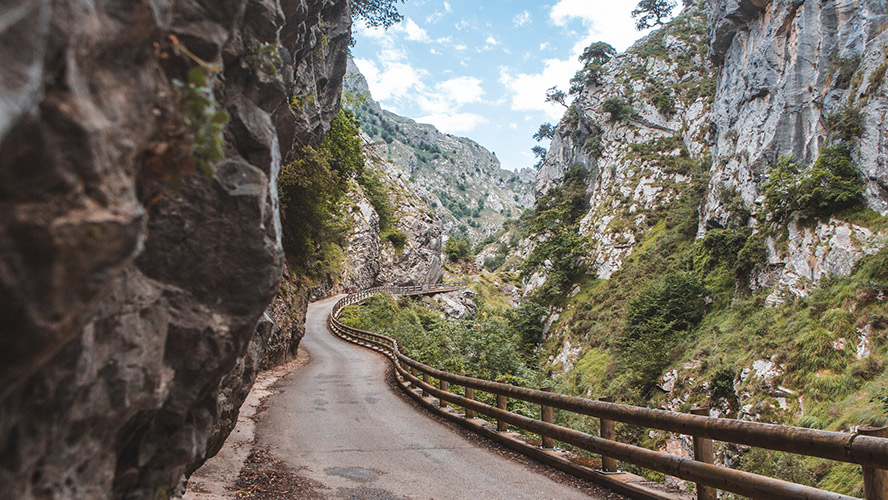
Barrios de Luna reservoir
Although Barrios de Luna is a man-made reservoir, it nevertheless presents a hugely photogenic sight. Located in the north of the province of León, the reservoir is a little inland sea where visitors can enjoy water sports, along with hiking in the surrounding area. The reservoir’s suspension bridge has achieved iconic status: its 440-metre span was a world record in its day.





























































